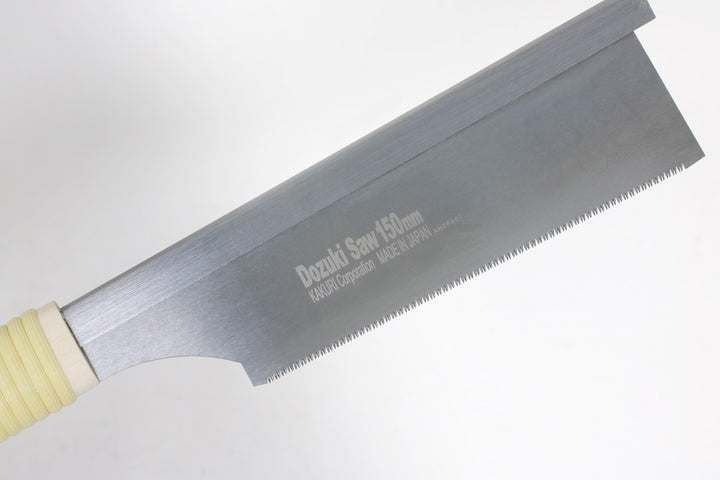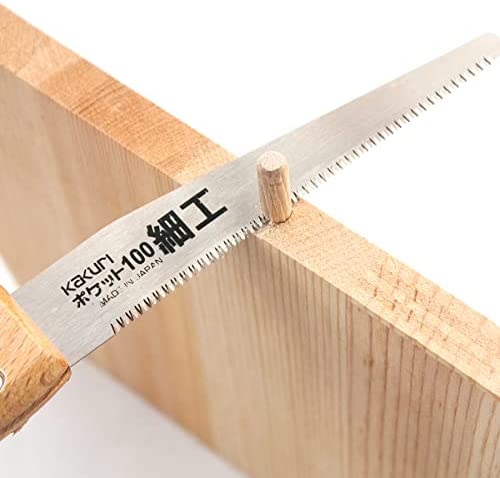Mastering the Japanese Saw:Saw Types & Their Uses

Saws vary depending on the material you want to cut and the purpose.
In this article, we explore each saw type's unique features and uses to ensure you get the most out of your woodworking projects.
1: Ryoba saw Features


Usage:
Cutting wood, hardwood
Purpose:
Carpentry
The ryoba saw has both 'Rip cut' and 'Cross cut' blades. Since it has both types of blades, it can efficiently process wood.
2: Dozuki Saw Features


Cutting wood, thin boards
Purpose:
Precision work, kumiko-work, miniature furniture, etc.
The dozuki saw has a thin blade with a fine pitch. It is excellent for precision work. To prevent the thin blade from bending, a back metal is attached. It cuts with a minimum width, resulting in a very clean finish.
3: Flush Cut Saw Features


Usage:
Cutting protruding wood, dowels, wooden pegs
Purpose:
Cutting plugs, leveling protruding areas
The Flush Cut saw is used to cut protruding wood, plugs (dowels), and wooden pegs. It has no set on its teeth, so it can finish the surface of the material flatly without damaging it. Its thin blade allows flexibility to cut along materials. It's used to hide screws and finish the appearance cleanly. After using a plug, the surface can be planed, resulting in a smoother finish.
4: Azehiki Saw Features


Usage:
Cutting wood, thin boards
Purpose:
Wall cutouts, stop-groove processing
The Azehiki saw can start cutting from inside the material and perform straight cutouts. It doesn't require pre-drilling holes like Keyhole Saw or Coping Saw. It's also used when you want to dig a thin groove or for stop-groove processing. Like the ryoba saw, it has both 'Rip cut' and 'Cross cut' blades.
5: Keyhole Saw Features


Usage:
Cutting wood, thin boards, plasterboard, siding board
Purpose:
Curved cuts, cutouts, wall and ceiling cutouts, round hole-making, fixing hard-to-reach parts of furniture
The Keyhole Saw has thin, short blades. They can be used for curved cuts or cutouts. They are often used for tasks like making holes for outlet boxes in walls. The keyhole push saw blade is designed opposite to that of the pull saw so that the sawdust falls inside the wall. The force is applied while pushing.
6: Coping Saw Features


Usage:
Cutting wood, thin boards
Purpose:
Curved cuts, cutouts
The Coping saw uses a thin blade, almost like a string, attached to both ends of a bow-shaped frame. It can make complex curved cuts and cutouts. In addition to wood, there are blades available for metal.
Check out our other articles for more great tips on how to care for and maintain your Japanese saws!


